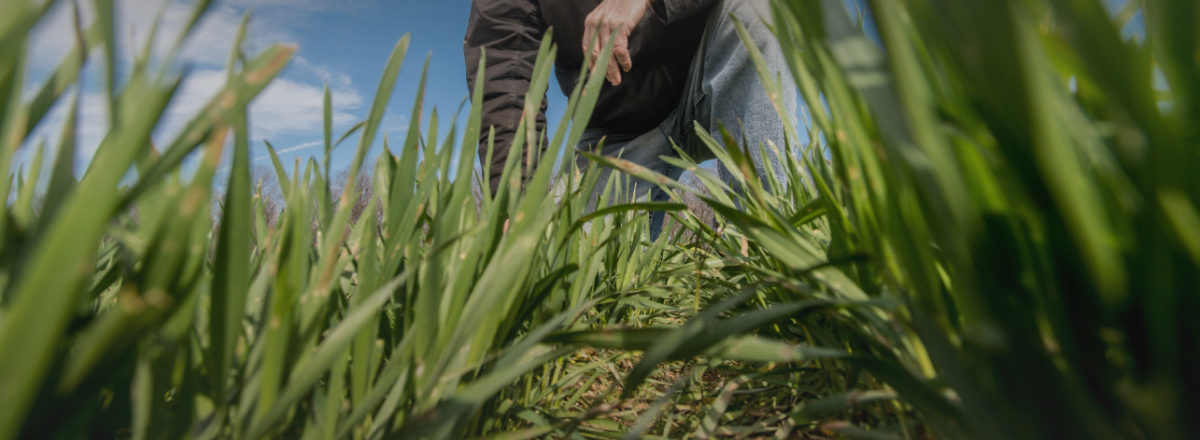Does this scene sound familiar?
Katie was standing at the community center, waiting.
Katie is a coordinator at the local soil and water conservation district. One of her many roles is to host field days for farmers. Today’s topic was cover crops. Unfortunately, when she started her position, less than 8 percent of farmers were using them. Clearly farmers did not understand the benefits.
Katie continued to wait expectantly. Fifty people had signed up for the event. The first ten people to arrive were agency staff. Then there were a few farmers that she had seen at other events. Her hopes started to decline. This event would be preaching to the choir. Where were the farmers that needed to come? How was she going to help increase cover crop acres if the farmers did not reach out?
The Challenge
This scene is a common one around the country. Agricultural outreach relies on traditional field days to bridge the knowledge and action gap in the farming community. While these field days can be a powerful tool to demonstrate and promote soil health practices, they often engage only a narrow group of farmers: those who are already interested in the practices.

Traditional field days cater to innovators. The majority of farmers have a greater fear of change and are more comfortable sticking to tradition. We call these farmers “middle adopters.” These are the farmers we need to reach if we are to successfully address water quality problems across the United States.
Agricultural outreach professionals are set with a daunting task: changing farmer behavior.
How do you get farmers to care more about the environment? How do you get them to start using cover crops, no till, rotational grazing, or diverse crop rotations? How do you get them to change what they might traditionally view as “good farming”?
The Solution: Grow More Training
The National Wildlife Federation’s agriculture team has spent the last nine years studying farmer decision-making. We’ve gone beyond the traditional motivators, particularly economics, and looked at the specific motivations of middle adopters.

The National Wildlife Federation developed the Grow More training to help outreach professionals learn and implement outreach and messaging that more effectively engages this middle adopter group. Most commonly conducted as a two-half-day training, this program draws together participants from many different organizations, all with the same common challenge.
Expanding conservation in agricultural settings is a significant challenge – one that will require new approaches. The Federation’s approach is one based in the most current social science and honed through practice.


